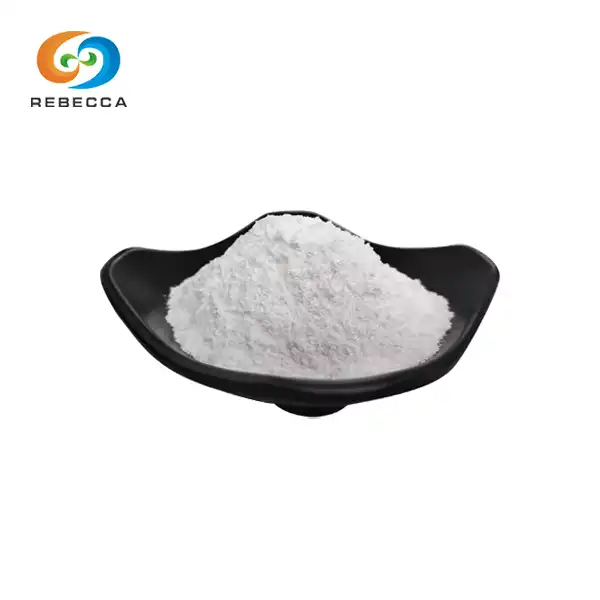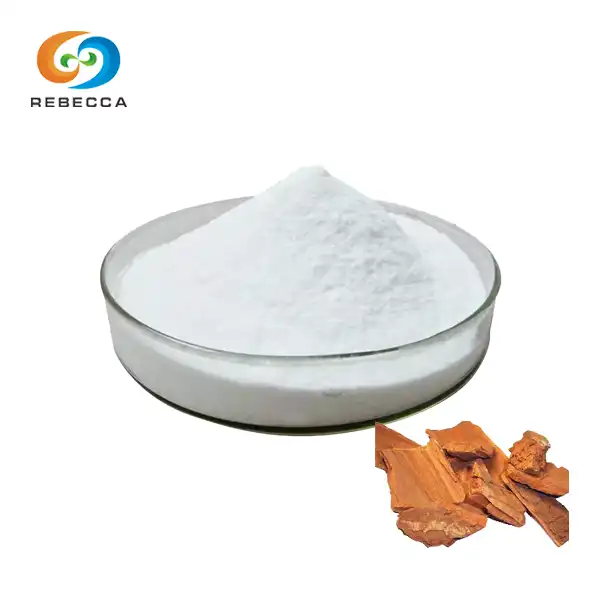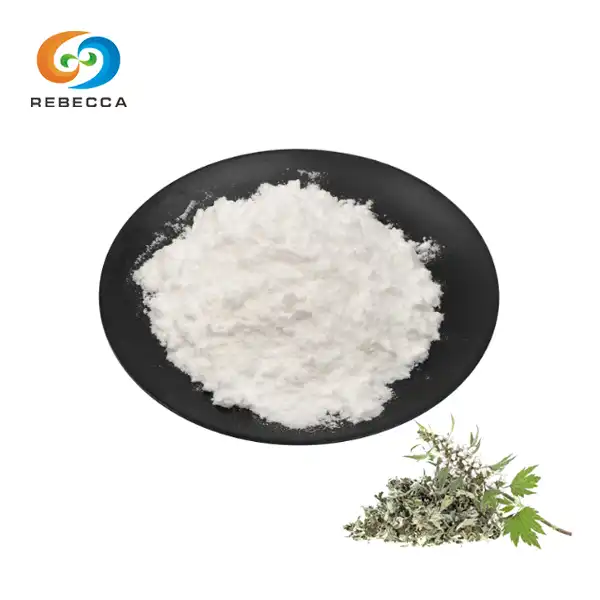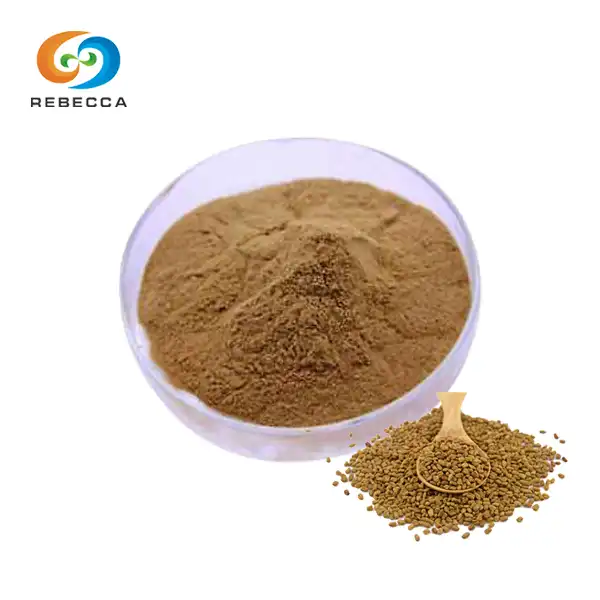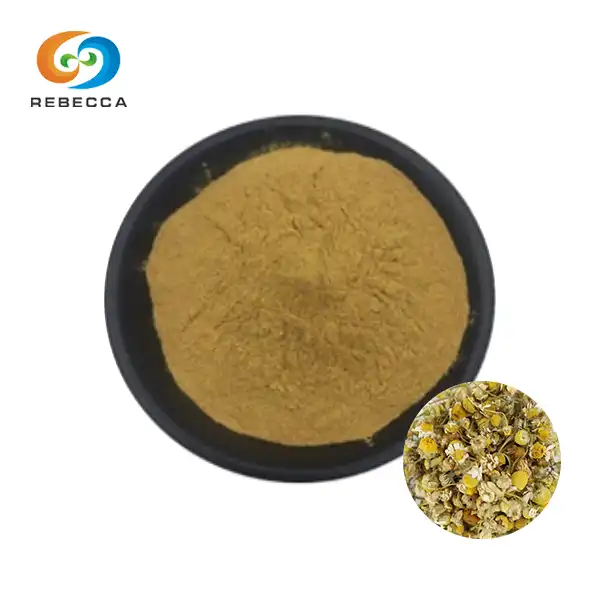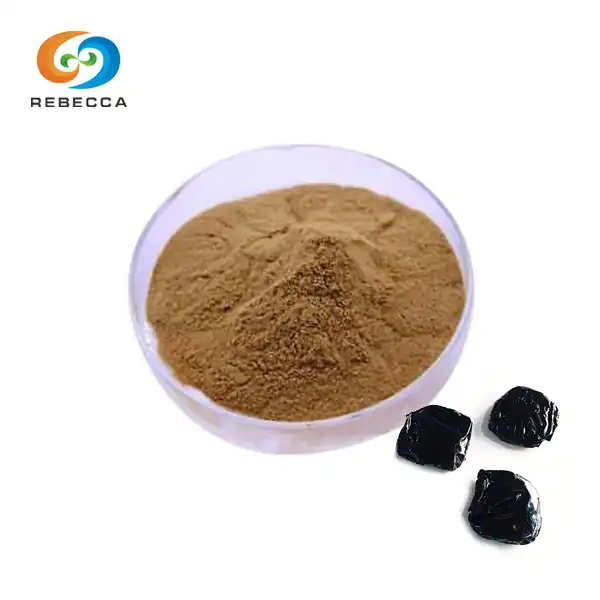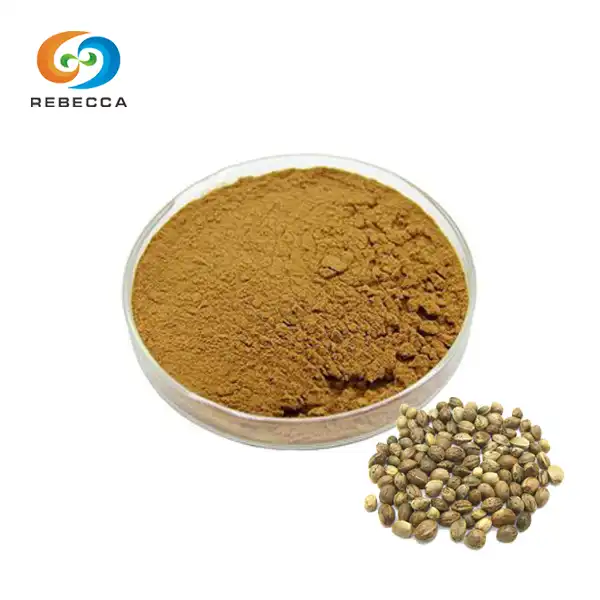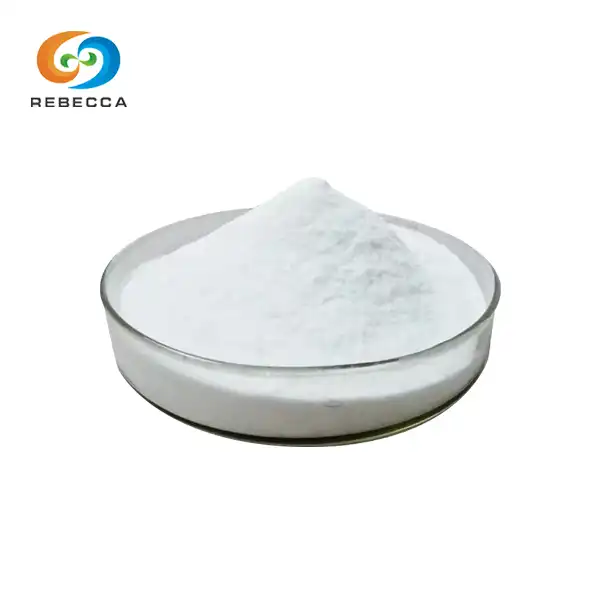What are the active ingredients in echinacea purpurea herb extract?
Echinacea purpurea, commonly known as purple coneflower, has been used for centuries in traditional medicine. Today, it remains a popular herbal remedy, particularly for supporting immune health. But what gives this plant its potent properties? Let's dive into the key active ingredients found in echinacea purpurea herb extract and explore their potential benefits.
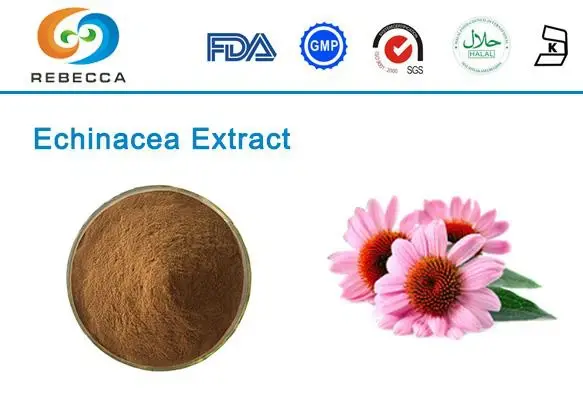
Alkamides
Alkamides are some of the most important and well-studied compounds in echinacea purpurea extract. These lipophilic molecules are found in high concentrations in the roots of the plant, though they're present in other parts as well. Alkamides have garnered significant attention from researchers due to their potential immunomodulatory effects.
One of the primary ways alkamides work is by interacting with cannabinoid receptors, particularly CB2 receptors. These receptors are primarily found on immune cells, suggesting a direct link between alkamides and immune function. When alkamides bind to CB2 receptors, they can trigger various cellular responses that may help modulate immune activity.
Furthermore, alkamides have been shown to inhibit certain enzymes involved in inflammatory processes. Two key enzymes affected by alkamides are cyclooxygenase (COX) and 5-lipoxygenase (5-LOX). By inhibiting these enzymes, alkamides may help reduce inflammation and influence how immune cells function.
Research has indicated that different alkamides may have varying potencies and effects. For example, some studies have found that certain alkamides can enhance the production of tumor necrosis factor-alpha (TNF-α), an important signaling protein in immune responses. Others have been shown to affect the migration of immune cells or the production of other inflammatory mediators.
It's worth noting that the alkamide content can vary depending on factors such as the part of the plant used, the time of harvest, and the extraction method. This variability underscores the importance of standardized extracts in ensuring consistent potency and effects.

Caffeic Acid Derivatives
Another crucial group of compounds found in echinacea purpurea herb extract are caffeic acid derivatives. These phenolic compounds include caftaric acid, cichoric acid, chlorogenic acid, and echinacoside. Each of these molecules contributes to the overall activity of Echinacea extract, primarily through their antioxidant, anti-inflammatory, and immunomodulatory properties.
Cichoric acid is often considered one of the most important caffeic acid derivatives in Echinacea. It's a potent antioxidant that can help protect cells from oxidative stress. Some studies have suggested that cichoric acid may enhance the function of certain immune cells, potentially boosting the body's defense mechanisms.
Caftaric acid and chlorogenic acid, while less abundant than cichoric acid, also contribute to the antioxidant capacity of Echinacea extract. These compounds can neutralize harmful free radicals, which may help reduce cellular damage and inflammation.
Echinacoside, despite its name, is actually more prevalent in other Echinacea species than in E. purpurea. However, it's still present in small amounts and contributes to the overall activity of the extract. Echinacoside has shown promise in various studies for its antioxidant and anti-inflammatory effects.
The caffeic acid derivatives in Echinacea can affect various enzymes and signaling pathways related to inflammation. For instance, some of these compounds have been shown to inhibit the production of pro-inflammatory molecules like prostaglandins and leukotrienes. By modulating these inflammatory pathways, caffeic acid derivatives may help support a balanced immune response.
It's important to note that the concentration of these compounds can vary significantly based on factors such as the plant part used, growing conditions, and extraction methods. For instance, the flowers and stems of Echinacea purpurea typically contain higher levels of caffeic acid derivatives compared to the roots.
Polysaccharides
Polysaccharides form another important class of active compounds in echinacea purpurea extract. These complex carbohydrates have gained attention for their potential immunomodulatory effects. One of the most well-studied polysaccharides in Echinacea is arabinogalactan.
Arabinogalactan is a type of fiber that has shown promising effects on immune function in various studies. It appears to work primarily by enhancing the activity of macrophages, a type of white blood cell that plays a crucial role in the immune system. Macrophages act as the body's first line of defense, engulfing and destroying potential threats like bacteria and viruses.
Research has indicated that arabinogalactan can improve the phagocytic ability of macrophages. In other words, it may help these immune cells become more effective at capturing and eliminating harmful microorganisms. This enhanced phagocytic activity could potentially lead to a more robust immune response against pathogens.
Moreover, arabinogalactan has been shown to stimulate the production of cytokines by macrophages and other immune cells. Cytokines are signaling molecules that help coordinate immune responses. By influencing cytokine production, arabinogalactan may help modulate overall immune function, potentially leading to more balanced and effective immune responses.

Other polysaccharides found in echinacea purpurea, such as inulin and fructans, may also contribute to its immunomodulatory effects. These compounds can act as prebiotics, supporting the growth of beneficial gut bacteria. Given the growing understanding of the gut-immune connection, this prebiotic effect could indirectly influence immune function.
It's worth noticing that the polysaccharide substance in echinacea purpurea herb extract can shift depending on a few factors. The root ordinarily contains higher concentrations of these compounds compared to airborne parts of the plant.
Moreover, the extraction ways can altogether influence the polysaccharide substance, with water-based extractions for the most part protecting more of these compounds compared to alcohol-based methods.
The benefits of polysaccharides may be most discernible with normal, long-term utilize of Echinacea extricates.
Echinacea Purpurea Extract Manufacturer
When it comes to obtaining high-quality echinacea purpurea extract, the choice of manufacturer is crucial. One notable player in this field is Rebecca Bio-Tech, a company that has established itself as a reliable producer of botanical extracts.
Rebecca Bio-Tech operates three advanced production lines, showcasing its commitment to modern manufacturing processes. This setup allows them to produce over 100 different products, demonstrating their versatility and expertise in handling various botanical extracts. Their annual production capacity exceeds 2,000 tons, indicating their ability to meet large-scale demand while maintaining quality standards.
The company's production capabilities suggest they likely employ state-of-the-art extraction and standardization techniques. This is particularly important for echinacea purpurea extract, given the variability in active compound concentrations based on factors like plant part used, growing conditions, and extraction methods.

For those interested in learning more about Rebecca Bio-Tech's echinacea purpurea herb extract or their other products, the company can be contacted at information@sxrebecca.com. When considering a manufacturer for Echinacea extract, it's important to inquire about their quality control measures, standardization processes, and any third-party testing they may conduct to ensure the potency and purity of their products.
While Rebecca Bio-Tech appears to be a significant player in the botanical extract industry, it's always advisable for consumers and businesses to thoroughly research and compare different manufacturers. Factors to consider include the company's reputation, certifications, extraction methods, and their ability to provide detailed information about the active compounds in their echinacea purpurea extract.
References
1. Bauer R. (1999). Chemistry, analysis and immunological investigations of Echinacea phytopharmaceuticals. In: Wagner H. (eds) Immunomodulatory Agents from Plants. Progress in Inflammation Research. Birkhäuser, Basel.
2. Barnes J, Anderson LA, Gibbons S, Phillipson JD. (2005). Echinacea species (Echinacea angustifolia (DC.) Hell., Echinacea pallida (Nutt.) Nutt., Echinacea purpurea (L.) Moench): a review of their chemistry, pharmacology and clinical properties. Journal of Pharmacy and Pharmacology, 57(8), 929-954.
3. Hostettmann K, Marston A. (2002). Twenty years of research into medicinal plants: Results and perspectives. Phytochemistry Reviews, 1(3), 275-285.
4. Birt DF, Widrlechner MP, Lalone CA, Wu L, Bae J, Solco AK, Kraus GA, Murphy PA, Wurtele ES, Leng Q, Hebert SC, Maury WJ, Price JP. (2008). Echinacea in infection. American Journal of Clinical Nutrition, 87(2), 488S-492S.
5. Clifford LJ, Nair MG, Rana J, Dewitt DL. (2002). Bioactivity of alkamides isolated from Echinacea purpurea (L.) Moench. Phytomedicine, 9(3), 249-253.
6. Matthias A, Blanchfield JT, Penman KG, Toth I, Lang CS, De Voss JJ, Lehmann RP. (2005). Permeability studies of alkylamides and caffeic acid conjugates from echinacea using a Caco-2 cell monolayer model. Journal of Clinical Pharmacy and Therapeutics, 30(4), 363-369.
7. Thygesen L, Thulin J, Mortensen A, Skibsted LH, Molgaard P. (2007). Antioxidant activity of cichoric acid and alkamides from Echinacea purpurea, alone and in combination. Food Chemistry, 101(1), 74-81.
